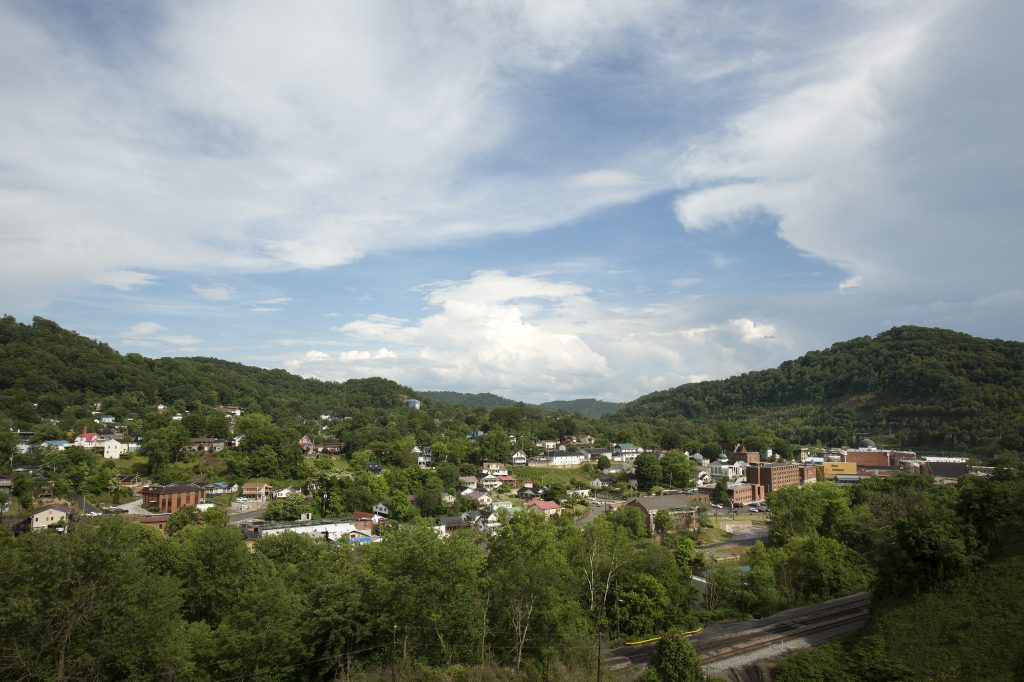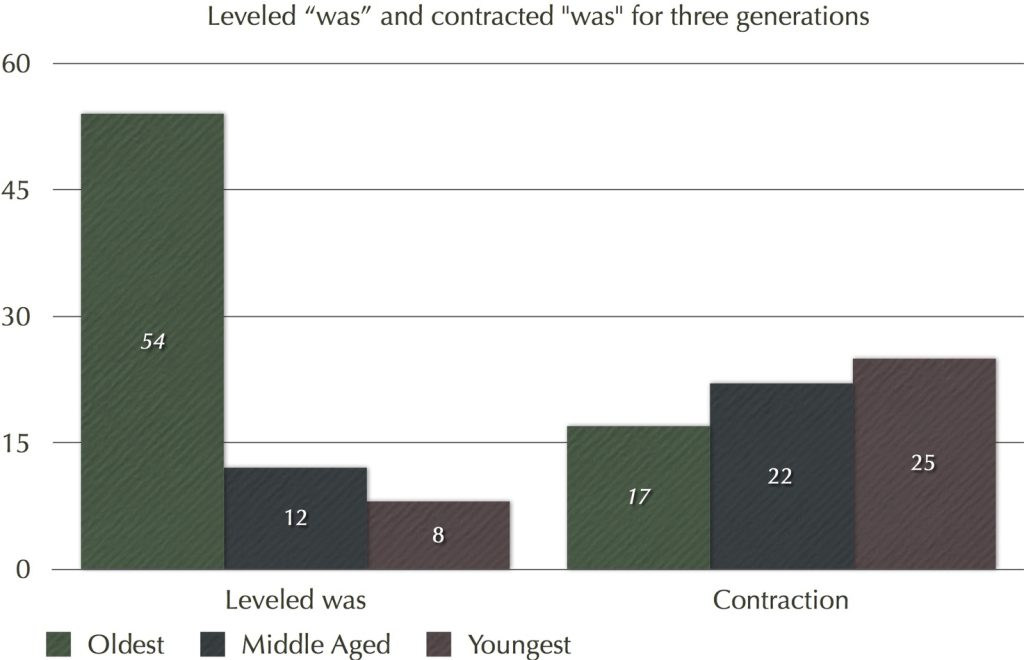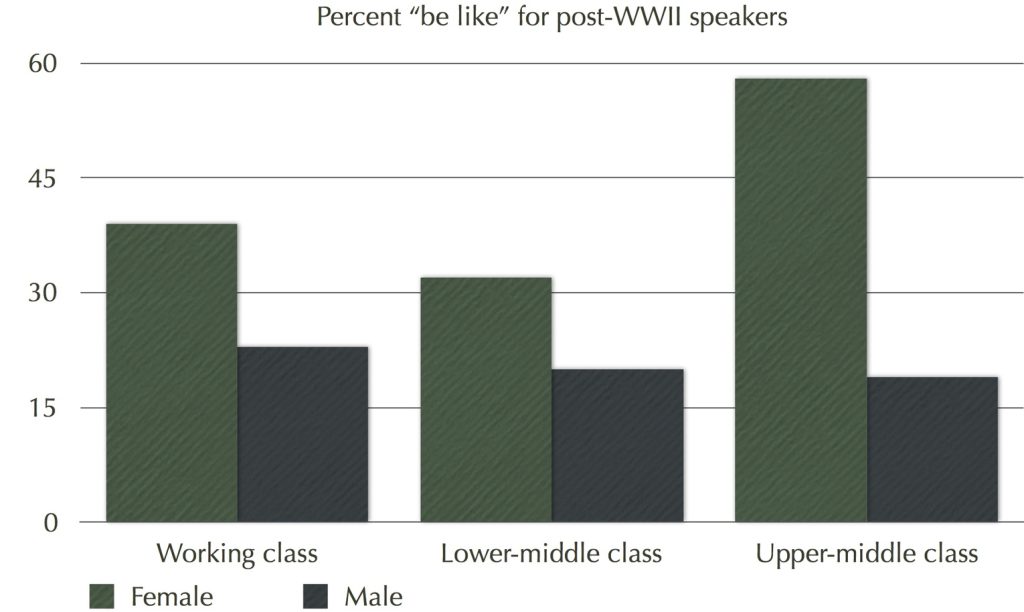Combatting Stereotypes About Appalachian Dialects

This article was originally published at The Conversation and has been republished under Creative Commons.
During the 2016 presidential election, broad support for Donald Trump came from most communities in Appalachia, where he received 63 percent of the vote. A great deal of national attention was directed to the people of this region, which spans from southern New York to Mississippi and Alabama.
![]()
Much of this attention was negative, with some critics calling for the political separation of Appalachia and others simply dumping their woe in Appalachia’s blame bucket. Lately, this turn against Appalachia has been dubbed “the hillbilly problem.”
It’s nothing new.
Whether it’s hillbilly hooch, hillbilly hot dogs, or hillbilly mascots, there’s probably no other cultural trope that’s so widely and derisively employed as “hillbilly,” a term broadly used to refer to the people of Appalachia.
Many qualities come prepackaged with the hillbilly stereotype: poverty, backwardness, and low levels of education. One of the most prevalent is the idea that the way the people of Appalachia speak—the so-called Appalachian dialect—is somehow incorrect or malformed.
From years of research, linguists understand that this perception is simply untrue. But few people are actually interested in discrediting it.
In 1998, I founded the West Virginia Dialect Project to conduct research on the different and changing dialects of West Virginia, a state wholly contained within Appalachia. The language variations that we have identified are far more nuanced than the kind that appear in the media.
Frozen in time?
There’s a long history of misconceptions about the Appalachian dialect.
In 1899, Berea College (Kentucky) President William Goodell Frost wrote “Our Contemporary Ancestors in the Southern Mountains,” in which he argued that the ways of mountain people were not wrong but simply habits from bygone times.
Frost described the “rude language of the mountains” as a form of speech frozen in time. Once the norm, it had fallen out of favor in many other parts of the country.
If you hear someone float the commonly held belief that Elizabethan English persists somewhere in the hills of Appalachia, they’re following in Frost’s footsteps. As romantic as this notion seems, the era of Elizabethan English officially ended in 1603, before any permanent U.S. immigration and long before the settlement of Appalachia.
To give one example of Frost’s reasoning, he argued that using the word “pack” to mean “carry”—apparently common in Appalachia at the time—originated in Chaucer’s England of the 1300s. In reality, all evidence points to this being an American creation, with one of the earliest citations occurring in an 1804 entry in the journals of Lewis and Clark: “I killed a Deer which york Packed on his back.”
Frost probably had good intentions. Unfortunately, this came at the cost of truth. By claiming that the language was somehow “frozen in history,” he helped perpetuate the stereotype that Appalachians were a retrograde people.
Fluid speech
From the work of linguists Michael Montgomery, Walt Wolfram, and several others over the last 40 years, we know that language in Appalachia is actually quite fluid and has evolved in significant ways over the past century, as language has in other parts of the country.
Variation is an essential part of human language. For any of the 7,000 or so languages on Earth, language variation allows for change in accordance with a society’s needs, while providing endless opportunities for individuals to create new forms of speech within their communities.
Two examples of language variation—what linguists have dubbed the “leveled ‘was’” (“We was going to the store”) and the “quotative ‘be like’” (“She was like, ‘That’s great’”)—illustrate the types of changes occurring in Appalachian dialects, and the forces behind those changes.
One pattern of language variation that has existed in English since its beginning in A.D. 449 is the fluctuation between “were” and “was.” The variation of “we was” and “we were” is widespread in English today, and linguists call the “we was” form “leveled” because the same form is used for every subject.
In West Virginia in the early 1970s, the usage rate of the leveled “was” hovered around 70 percent in the speech of the residents of Mercer and Monroe counties. However, looking across generations at the end of the 20th century, usage rates of the leveled “was” declined. Fifty-four percent of speakers born before 1947 used it, while only 8 percent of speakers born after 1980 did so.
The story is actually more complex: The leveled “was” can be used as a social flag, waving to show a person’s rural identity or in-group status. Plus, certain related forms, such as the contracted “was” (“We’s out late last night”), aren’t declining but seem to operate under the radar of social evaluation.
Trends that follow the rest of the country
The second example of changes in Appalachian language variation patterns is in fact one shared with most of the English-speaking world: the use of the verb “be like” to introduce a quote (“They were like, ‘No, the market is not open on Saturdays’”).
Since the early 1980s, this variation has spread rapidly around the English-speaking world. For most younger speakers, it has resoundingly trounced “say” when introducing a quote.
Contrary to the myth that Appalachia is an isolated region, research by the West Virginia Dialect Project has found that the quotative “be like” was widely adopted by speakers born after 1960. And as with numerous changes to language variation patterns, women led the way in adopting this speech pattern in West Virginia. But in contrast to the leveled “was”—which has elevated rates among lower classes—the quotative “be like” has its highest rate with the higher social class in West Virginia.
In the end, our research buttresses what linguists have long understood: There’s no monolithic Appalachian dialect, and language variation—an important component of language everywhere—is just as diverse within Appalachia as it is outside of the region.
Pushing back
Unfortunately, the complexity of language variation in Appalachia gets flattened in popular entertainment.
As analyzed in a forthcoming documentary, media representations rarely put in the effort to get the complex patterns of Appalachian dialects right. Instead, they’ll use clothing and one or two dialect features like a-prefixing (“They were a-running”) and the demonstrative “them” (“He ate them apples yesterday”) to create a broadly sketched, stereotypical portrait.
These stereotypes have become so pervasive that they occur in nearly every portrayal of Appalachia. In the 1954 sheet music illustration for the Jack Waverly song “Since Them Hillbillies Moved Down to the Holler,” poverty and alcoholism are foregrounded, with the titular “hillbillies” so pitiful that even the wildlife mocks them. The song title uses “them” in a demonstrative way to convey a touch of vernacular speech. (In fact, we witnessed the rapid decline of its use over the course of the 20th century.)
From cartoons such as Snuffy Smith to books like Deliverence, from horror films such as Wrong Turn to reality TV series like MTV’s Buckwild, these stereotypical portrayals continue to color how the rest of the country sees Appalachia.
People in Appalachia consume the same national media as everyone else, and they fully realize how other parts of the nation look down on them. These negative portrayals can have a harmful impact on perceptions of Appalachian people, both inside and outside the region.
Certain dialect-focused projects are hoping to reverse these effects. Following the work of linguists like Walt Wolfram and Jeffrey Reaser, who created the Voices of North Carolina Dialect Awareness Curriculum, the West Virginia Dialect Project has been working with educators to develop teaching materials to help people learn how language works.
This effort includes Appalachian-specific teaching materials to help secondary school teachers explain how dialects, including the numerous varieties in Appalachia, are a natural and important part of every human culture. In addition, the West Virginia Dialect Project is studying how West Virginian teenagers shift their language to fit in with various cliques, which helps nudge language change along.
The idea is to support dialect diversity while upholding the goals of teaching standardized language norms that fit conventions of formal writing and presentations. Hopefully, this effort will make teaching about language more efficient, more realistic, and more connected to students’ lives.
Editors’ Note: Maggie McDonald contributed to this article.



































